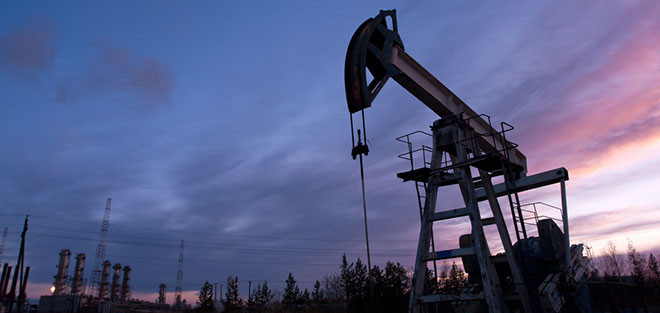Oil Prices Jump 23% in 48 Hours
Oil prices closed at $32.19 a barrel on Friday, a 23 percent jump from Wednesday when prices were at their lowest level since August 2003. Prices rose 4.2 percent on Thursday and then spiked 9 percent alone on Friday which marks the largest daily jump since August of this year. The jump in crude oil prices has been a panacea for the stock market which has been strongly focused on oil prices in recent months. The Dow jumped 211 points on Friday, the S&P 500 2 percent, and the NASDQ 2.7 percent.
Analysts are not completely sure what caused the dramatic rise. Some traders are citing extremely oversold conditions and claiming that it was simply time for a turnaround. The oil market has been massively oversupplied since the second quarter of 2015, but demand has not kept pace. United States domestic production has nearly doubled in recent years largely due to hydraulic fracking and horizontal drilling. This has lessened American dependence on international imports. Oil suppliers that previously counted on the US are now looking to Asian markets while countries such as Russia, Iraq and Canada continue to ramp up production and provide more competition. However, with the rising prevalence of energy efficient cars, persistent focus on energy conservation, and the weakening economies of Europe and other developing nations, demand for fuel is lagging well behind this boom in supply.
While cheap oil prices have been great for the consumer, they have not been so kind to the economy. Earnings have dropped sharply for energy companies, causing over 80 companies to declare bankruptcy last year. These falling profits led companies to lay off over 250,000 workers which has damaged local economies in oil-producing states. On the international stage, emerging markets such as Brazil, Mexico, Venezuela and Columbia have suffered crushing blows as their economies rely heavily on energy exports. Similarly, instability in the oil-producing Middle East is likely to increase. Many analysts cite OPEC’s unwillingness to intervene in these oversupplied markets as a further reason for rapidly falling prices.
Low oil prices are not all bad news however. As recent days have proven, even a small hint at stabilization has had a huge impact on the market. While many believe that the market is likely to remain bearish towards oil for the foreseeable future and that the week’s events do not indicate a significant turnaround, there is evidence to refute this claim. A number of analysts believe that the concern over oversupply is being inflated beyond the actual reality and therefore a more sustained rise in oil prices can be expected. Supporters of this viewpoint also believe that Iran’s return to the global export market and China’s slowdown in production have not been factored in as much as they should be. Lastly, decreased investments in oil markets should lead to decreased production meaning that the worst could be over.
“Oil is selling at a fraction of replacement cost while supplies dwindle and demand grows,” says David Yeagar, the national leader of oilfield services for Calgary-based consultancy firm MNP. “Something’s gotta give.”
Leading global investment banking and management firm Goldman Sachs is standing by its previous forecast that oil prices will rise to $40 a barrel for the first half of 2016. This is based on two factors. First, they believe that fears over an oil storage crisis caused by rising supply and falling demand are unfounded. This concern has been repeated over the last year and added to the attitude of panic. Second, they believe late 2016 will see a bull market for oil prices. Oil companies simply cannot make money at current prices. Many countries will find that they need to make significant financial adjustments in order to continue to support their economies with the lack of oil revenue. They will simply not have the capital to continue producing oil and will therefore have to cut production.
While the prognosis for oil markets has been grim, last week’s skyrocket of 23% shows that life still remains. Market fundamentals indicate that a sustained turnaround will be coming in the future, and many analysts believe that fears of continuously falling prices may be overblown. The end of 2016 is likely to see oil prices rise to a sustainable level for both oil producers and market investors. There is still a long road ahead, but there is evidence to suggest the worst of the oil crisis may be coming to an end.

